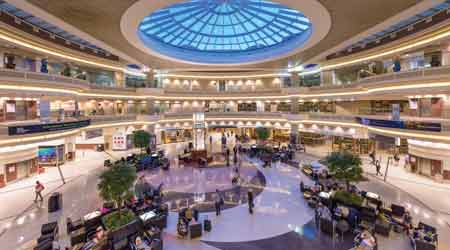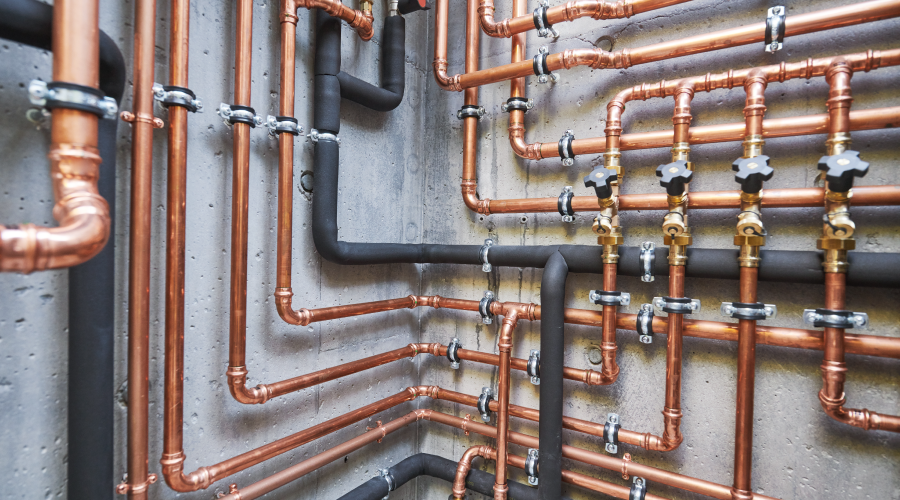Airport Concourse Increases Square Footage, Decreases Water Usage
Plumbing upgrades help Hartsfield-Jackson Atlanta International Airport earn LEED Gold certification.
The focus of the plumbing upgrade was the Central Terminal Passenger Complex (CPTC), which consists of the domestic terminal and concourses A-E. Concourse F opened in 2012 with low-flow fixtures, which contributed to the concourse earning LEED Gold certification.
“The (CTPC) is where most of the water use takes place for the airport,” says Charles Marshall, senior asset manager with the airport’s asset management and sustainability department. The airport’s maintenance function includes 179 employees, and another 200 employees perform planning, development, and operations activities.
“We manage the tracking of costs and conditions of the assets, so we set the stage for budgeting and planning for renewal and replacement,” Marshall says. “So we’re working with maintenance and engineering to put the business cases together so they can plan for the maintenance of the assets to make sure we’re maintaining them through their useful lives and extending their useful lives. We also provide support for some of the engineering projects (from planning and development).”
The plumbing upgrades targeted key system components. Workers replaced 1,391 toilets using 1.6 gallons per flush (gpf) with models that use 1.28 gpf. They replaced 651 1 gpf urinals with 0.5 gpf units, and they retrofitted 1,181 water faucets with flow rates between 1 gallon per minute (gpm) and 2.2 gpm with high-efficiency faucets with flow rates of 0.5 gpm.
Marshall says the success of the replacement and retrofit projects would depend on the ability to focus on essential issues when specifying products.
“Cost and performance were key variables considered during the project,” he says. “The market continues to make upgrades, so fielding available technology is critical to optimal results. We recognized that the performance of fixtures had improved considerably since those facilities were built.
“With the age of the facilities and the fixtures that had been put in, there was a notable difference between their performance and what was available at that time. And even today, there are more efficient fixtures that manufacturers continue to put on the market. But you have to take into account performance as well.”
The plumbing upgrades have delivered major savings for the airport.
In 2008, the CPTC used 307 million gallons of water. In 2011, the CPTC reduced its water use to 252 million, which is an annual savings of 55 million gallons. In 2012, the new international terminal opened with more efficient water fixtures.
Even though square footage of the CPTC and number of passengers increased between 2008 and 2017, water use intensity decreased 12 percent, from 3.42 gallons per passenger to 3.01 gallons per passenger. Beyond these results, the project was completed within the scope, schedule and under budget.
Related Topics:














